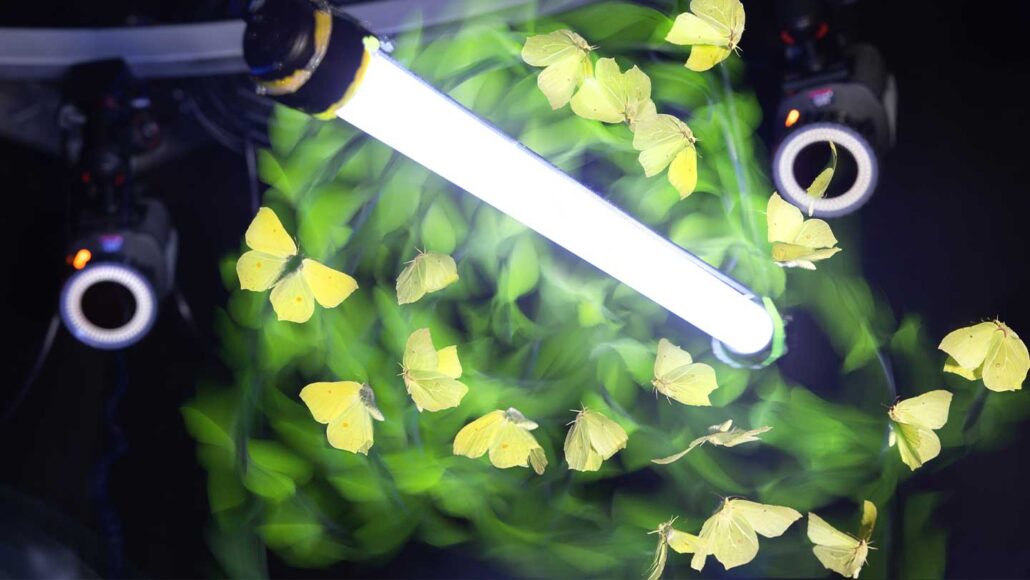
Animals
Which way is up? Insects may lose track near artificial lights
Flying insects may use light to figure out where the sky is. But artificial lights can send them veering off course, high-speed video suggests.
Come explore with us!

Flying insects may use light to figure out where the sky is. But artificial lights can send them veering off course, high-speed video suggests.
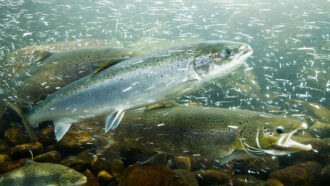
Hundreds of salmon, trout and other fish sought shelter from summer heat in the human-made cool zones. These areas may help fish adapt to river warming.
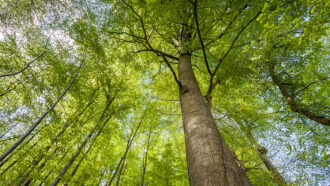
This cellulose and lignin, two major building blocks of trees, could lead to greener electronics.
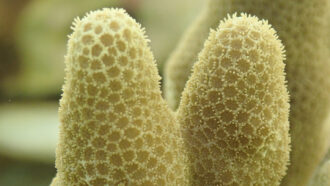
Living corals could be frozen for safekeeping. Scientists could later revive them to restore reef ecosystems that are withering in warming seas.
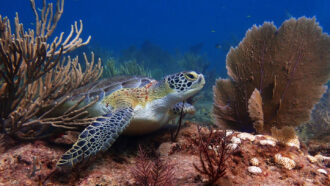
Unfortunately, scientists worry that this atypical sea warming may actually be the beginning of an unwelcome new ‘normal.’
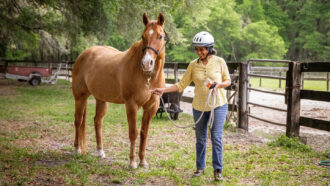
Computer scientist Eakta Jain is looking at human-horse interactions for ideas about how to design robots that work well with people.
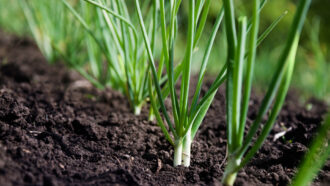
Microplastics in the soil hinder plant growth. But two finalists at Regeneron ISEF found that fungi and farm waste can reduce the harm.
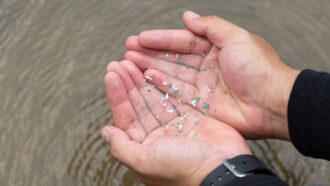
This interplay between plastics and metals could affect how each affects the environment — and suggests opportunities for controlling their risks.
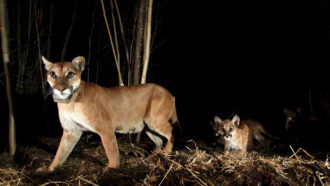
After an intense burn in 2018 in California, big cats in the region crossed roads more often. That put them at higher risk of becoming roadkill.
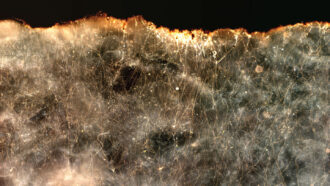
Long, thin bacteria that conduct electricity may be able to help clean up oil spills and reduce emissions of methane, a powerful greenhouse gas.